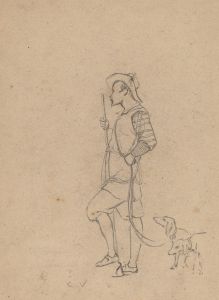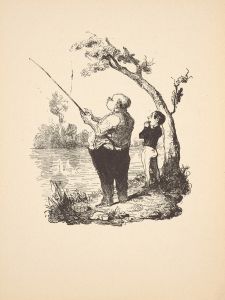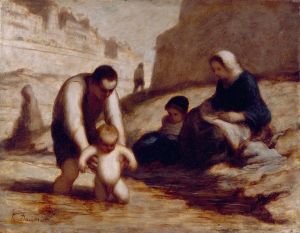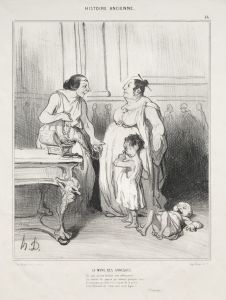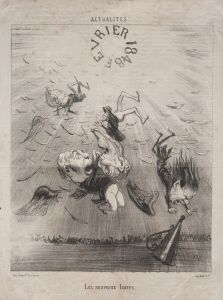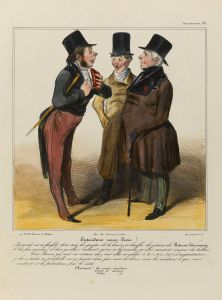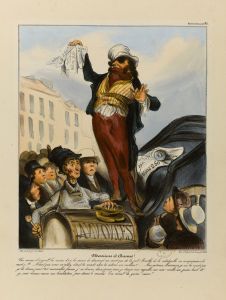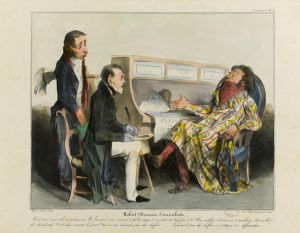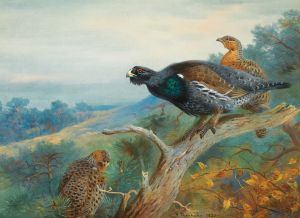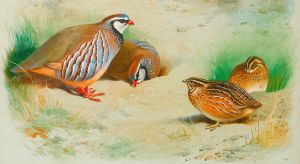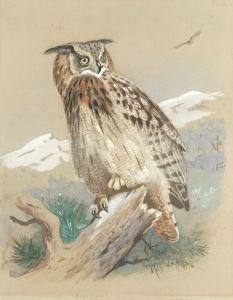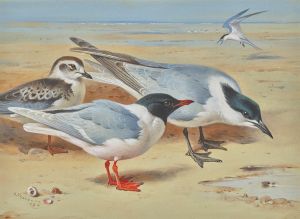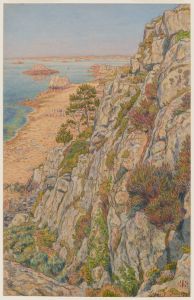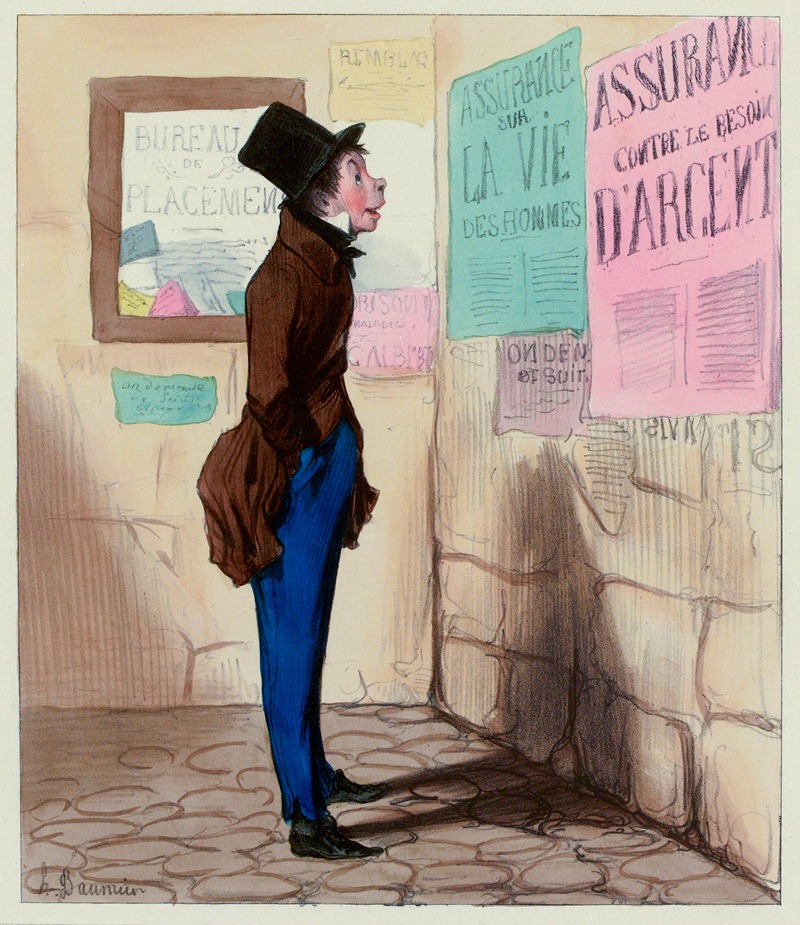
Cours d’histoire naturelle 05 Le gobe-mouches
A hand-painted replica of Honoré Daumier’s masterpiece Cours d’histoire naturelle 05 Le gobe-mouches, meticulously crafted by professional artists to capture the true essence of the original. Each piece is created with museum-quality canvas and rare mineral pigments, carefully painted by experienced artists with delicate brushstrokes and rich, layered colors to perfectly recreate the texture of the original artwork. Unlike machine-printed reproductions, this hand-painted version brings the painting to life, infused with the artist’s emotions and skill in every stroke. Whether for personal collection or home decoration, it instantly elevates the artistic atmosphere of any space.
Honoré Daumier, a prominent French artist known for his caricatures, paintings, and sculptures, created a series of lithographs titled "Cours d’histoire naturelle" in the mid-19th century. One of the works from this series is "Le gobe-mouches," which translates to "The Flycatcher." This piece, like many of Daumier's works, reflects his keen observation of society and his ability to infuse humor and satire into his art.
Daumier was born in 1808 in Marseille, France, and moved to Paris with his family at a young age. He became well-known for his lithographs, which were published in various newspapers and journals, most notably in "La Caricature" and "Le Charivari." His works often critiqued the political and social issues of his time, targeting figures of authority and the bourgeoisie with sharp wit.
The "Cours d’histoire naturelle" series, created around 1840, is a collection of satirical lithographs that parody the scientific and natural history studies popular in the 19th century. During this period, there was a growing public interest in natural sciences, partly due to the expansion of colonial empires and the subsequent discovery of new species. Daumier's series humorously critiques this fascination by anthropomorphizing animals and placing them in human-like scenarios.
"Le gobe-mouches" is one of the lithographs in this series. The title refers to a bird known for its insect-catching abilities, commonly known as a flycatcher. In Daumier's depiction, the flycatcher is anthropomorphized, possibly engaging in an activity that mirrors human behavior, thus providing a satirical commentary on human nature or society. This approach is typical of Daumier's style, where he uses animals to reflect human follies and vices.
Daumier's work is characterized by its bold lines and expressive figures, capturing the essence of his subjects with minimal detail. His ability to convey complex social critiques through simple yet powerful imagery is a testament to his skill as an artist and observer of human nature. Despite facing censorship and political pressure throughout his career, Daumier continued to produce works that challenged the status quo and entertained the public.
"Le gobe-mouches" and the "Cours d’histoire naturelle" series exemplify Daumier's unique blend of art and social commentary. His works remain influential, offering insights into the societal dynamics of 19th-century France and the enduring power of satire in art. Today, Daumier is celebrated as one of the pioneers of modern caricature, and his lithographs are studied for their artistic merit and historical significance.





